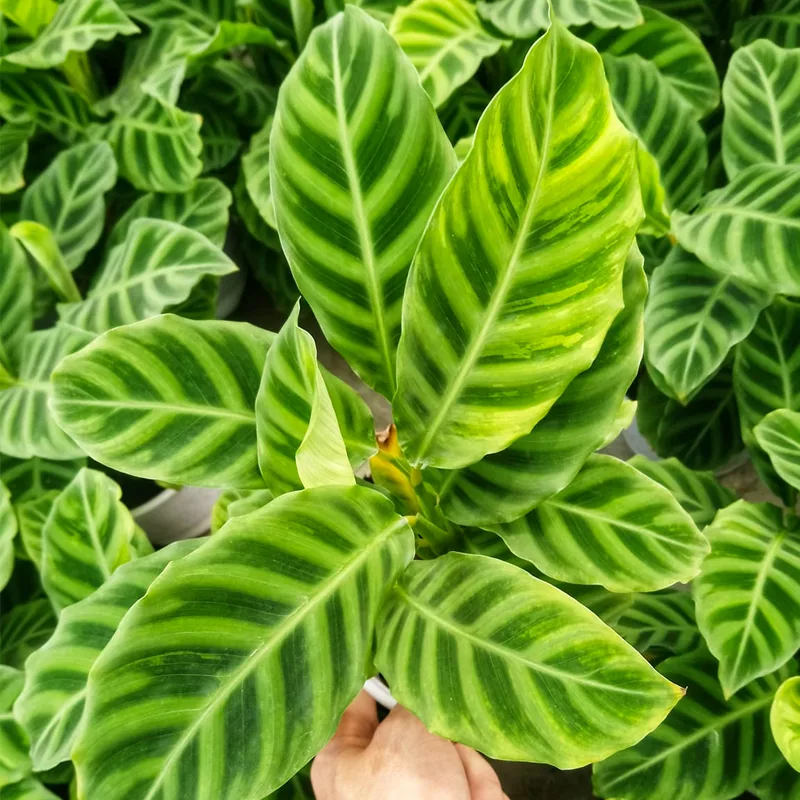November 6 – Hilaria
"Hilaria, the joyful grass, represents November 6."
Hilaria symbolizes joy and optimism. You bring happiness and warmth wherever you go. Like its graceful movement in the wind, your spirit is free and uplifting.
Hilaria: A Grass Genus Close to My Heart
The plant world is vast and diverse, filled with intriguing species that capture the imagination. As a botany enthusiast, I’m always eager to delve deeper into the intricacies of different plant groups. One genus that has particularly piqued my interest is Hilaria, a fascinating group of grasses native to North America.
I first encountered Hilaria during a field trip to the southwestern United States. The landscape was arid, with rolling hills and rocky outcrops. Amidst this seemingly harsh environment, I noticed patches of vibrant green grass. Upon closer inspection, I realized I was looking at Hilaria, commonly known as curly mesquite. Its unique form, with curled leaves and distinctive seed heads, immediately captivated me.
What is Hilaria?
Hilaria is a genus of perennial grasses belonging to the family Poaceae. These grasses are well-suited to arid and semi-arid environments, exhibiting drought tolerance and an ability to thrive in nutrient-poor soils. Their resilience and adaptability make them an integral part of the ecosystems they inhabit.
Species within the Hilaria Genus
The Hilaria genus comprises several species, each with its own distinct characteristics and distribution:
- Hilaria belangeri (common curly mesquite): This widespread species is a valuable forage grass for livestock and wildlife.
- Hilaria jamesii (James’s galleta): Found in the southwestern US and northern Mexico, this species is known for its drought tolerance and ability to stabilize soil.
- Hilaria mutica (tobosa): This species forms dense mats and is an important component of desert grasslands.
- Hilaria rigida (big galleta): A larger species with stiff leaves, it provides habitat and forage for various animals.
- Hilaria annua Reeder & C.Reeder
- Hilaria cenchroides Kunth
- Hilaria ciliata (Scribn.) Sohns
- Hilaria hintonii Sohns
- Hilaria semplei Sohns
- Hilaria swallenii Cory
Ecological Importance
Hilaria grasses play a vital role in their respective ecosystems. They provide food and shelter for a range of animals, from small insects to large mammals. Their extensive root systems help prevent soil erosion and improve water infiltration. Additionally, they contribute to nutrient cycling and overall ecosystem health.
Adaptations to Arid Environments
Hilaria species have evolved several adaptations that allow them to thrive in arid conditions. Their curled leaves reduce water loss through transpiration. Their deep root systems enable them to access water deep within the soil. Moreover, they possess efficient photosynthetic pathways that optimize water use.
Economic Significance
In addition to their ecological value, Hilaria grasses have economic significance. They are utilized as forage for livestock, particularly in the southwestern US. Their ability to withstand grazing pressure and provide nutritious fodder makes them a valuable resource for ranchers. Some species are also used for erosion control and land reclamation.
Conservation Status
While some Hilaria species are relatively common, others face threats due to habitat loss, overgrazing, and the introduction of invasive species. Conservation efforts are crucial to ensure the long-term survival of these valuable grasses. These efforts include habitat restoration, grazing management, and public education.
My Continued Fascination
My initial encounter with Hilaria sparked a lasting fascination. I continue to be intrigued by their resilience, adaptability, and ecological importance. I believe that further research into this genus could yield valuable insights into plant evolution, drought tolerance, and ecosystem dynamics.
Future Directions
As I continue my journey in botany, I plan to delve deeper into the world of Hilaria. I’m particularly interested in studying the genetic diversity within the genus and understanding how different species have adapted to specific environmental conditions. I also hope to contribute to conservation efforts aimed at protecting these valuable grasses and their habitats.
In conclusion, Hilaria is a remarkable genus of grasses that exemplifies the beauty and resilience of nature. Its ecological and economic significance underscores the importance of understanding and conserving plant diversity. I’m excited to continue exploring the fascinating world of Hilaria and contributing to our knowledge of this important plant group.
If i die, water my plants!



